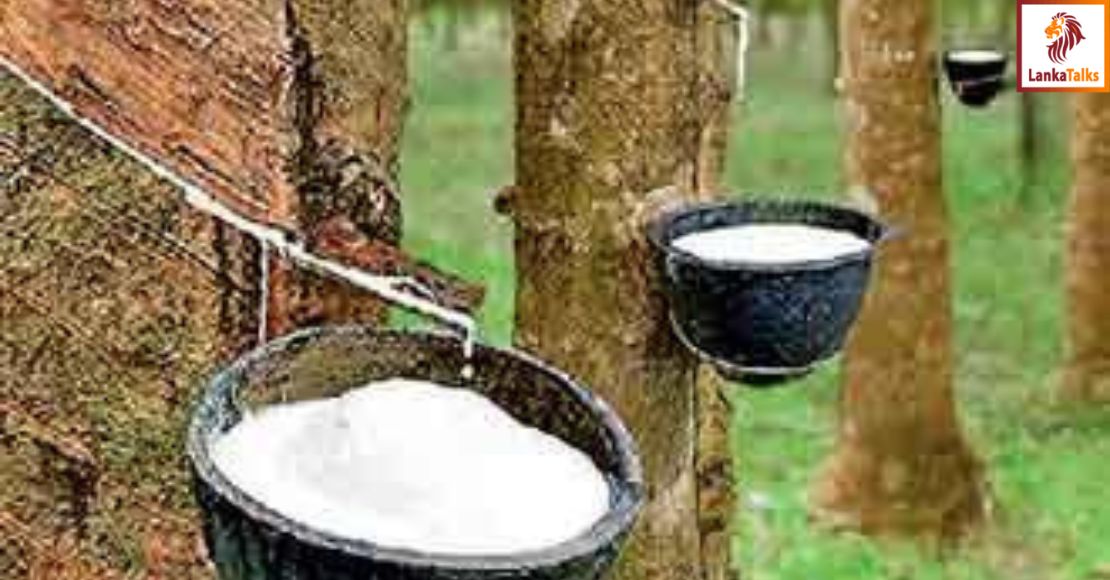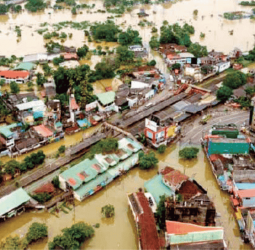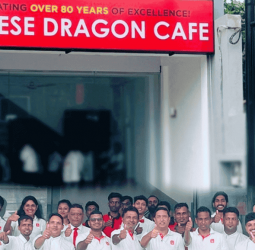Sri Lanka’s rubber sector saw a mixed performance in October, with the local production impacted by adverse weather.
However, the export earnings showed some resilience, driven by the increased demand for specific rubber products.
According to Forbes and Walker Commodity Brokers, despite a brief increase at the beginning of the year, production faced a year-on-year decline, due to unfavourable weather conditions, particularly during the second quarter, as noted by the Central Bank.
The changing climate has increasingly disrupted the seasonal patterns, leading to irregular cycles of severe drought and heavy rainfall, which affect the key agricultural crops like rubber.
“The formerly reliable seasonal cycles are now being altered as a result of climate change,” Forbes and Walker commented, noting the threat to crop yields and consequently, to the export income and food security. While production struggled, the rubber sector’s export earnings grew during the first nine months of 2024. The export revenue from rubber and rubber finished products rose by 9.64 percent year-on-year to US $ 758.91 million from January to September, thanks primarily to a 17.12 percent increase in exports of industrial and surgical rubber gloves and a 7.79 percent rise in pneumatic and retreated rubber tyres and tubes.
However, the monthly export revenue in September declined by 4.1 percent year-on-year, totalling US $ 79.5 million. Analysts attribute this drop to variability in international demand and supply disruptions caused by the climate issues.
The demand remained strong for latex crepe in the domestic market, driving up the average prices. The latex crepe 1X prices rose by Rs.42/50 per kilogramme, while the widely traded No. 1s climbed by Rs.52/75. The other grades followed suit, with No. 2s increasing by Rs.35/50 and No. 4 reaching Rs.96 per kilogramme. Scrap crepe also saw favourable price adjustments, with 1X Brown rising by Rs.85 and 4X Browns improving by Rs.13/75.
RSS1, a key rubber grade for domestic consumption, averaged Rs.810/50 per kilogramme in October, up by Rs.58/50 from September’s Rs.752. the smallholders either scaled back operations or sold raw latex, further tightening the local supply.
You Must be Registered Or Logged in To Comment Log In?



 Mifra
Mifra



